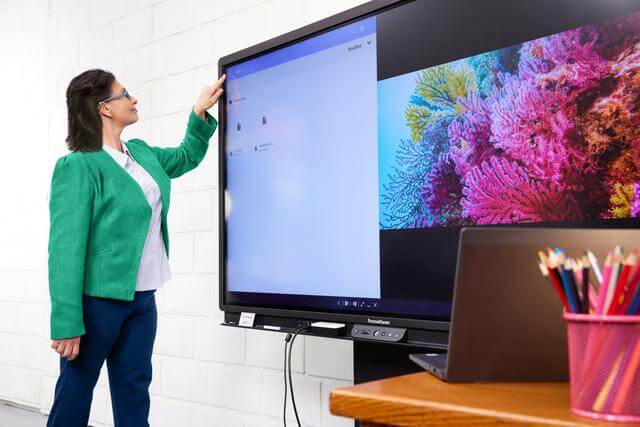As a teacher, do you find yourself receiving feedback from all angles? Whether it’s from leadership teams, parents, or other sources, it can be a challenge to take everything in. Among all this noise, there’s one group that aren’t always being heard – the students themselves.
Making use of student feedback during the school year provides an understanding of how learners feel about the way the classroom is run and often imparts a unique perspective towards ongoing opportunities or difficulties.
However, research suggests that even when student surveys are conducted, pupils tend to see little significant change to their learning experience after completing feedback exercises. This is often not through teachers’ lack of trying; feedback opportunities aren’t just about collecting different perspectives – it’s about giving teachers the agency to make real change in the classroom.
There isn’t a one size fits all approach for student feedback – one student’s ideas can easily contradict another. For this reason, navigating what to do with feedback can be a delicate process, so we have collected a few ideas to help you get started and make the most of student feedback.
Communicate accordingly
Understanding what form of communication works best for your class is crucial. Whether it’s one-to-one, group discussions or online surveys, every individual is different. One-to-one sessions can work best for younger pupils who may need some support to develop and verbalise their ideas, whereas late-primary learners may be more inclined to share their thoughts in group discussions. Older students conscious of social pressure may not be comfortable in sharing their honest opinions in either setting, which is where anonymous surveys are beneficial in collecting constructive feedback.
Collaborate with your colleagues
There is tremendous power in collaborative work through learning from success and collectively overcoming obstacles. Sharing successful strategies and teaching-related approaches with colleagues can really improve practice, such as reflecting on student feedback together which is a great way to recognise common concerns and use a collaborative approach to tackling them.
Track your feedback
Articulating student feedback in different and engaging ways is important and creating a system of record enables regular check-ins and a chance to reflect upon advancements and drawbacks from feedback exercises. The best way to carry this out is through storing all feedback and actions in an easily accessible, online location where everyone can access insights on demand.
Bringing into effect change from student feedback is a worthwhile way of evolving systems from within. It enables learners’ voices to feel heard and creates a mutual respect between learners and educators to build trusting and meaningful relationships. Whether you’re already collecting student feedback or ready to start, don’t be afraid to make changes or adjustments with confidence.
For more ways to create a positive classroom culture, why not check out this article covering the benefits of holistic learning in supporting students emotional wellbeing and improving academic achievement.




